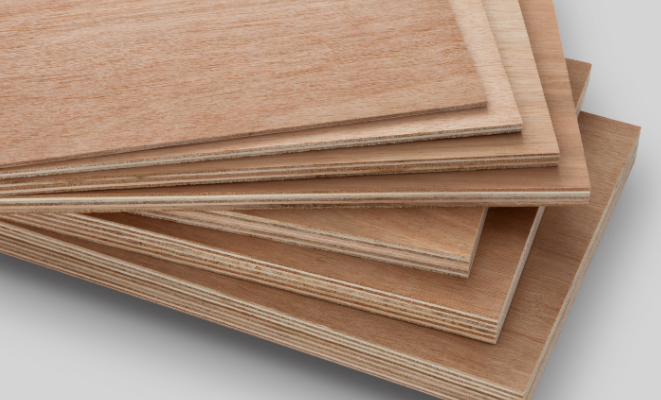In the course of building projects in Australia, plywood is used for various purposes. To make the right choice for plywood stock, it is important to define the thickness, quality, and price of the plywood stock based on the end requirement. Identifying the right supplier in Australia who can provide plywood with the best veneer for your needs is essential. By following these tips, you can avoid common plywood pitfalls and build a product that will last very long.
There is, however, one of the greatest challenges you will face in this endeavour: finding the right supplier to cooperate with. If you want to choose the best plywood suppliers in Australia, you can assemble a list of the most competent plywood companies in Australia. You can then evaluate your choices based on the following key metrics in order to make the best possible choice.
- Identify the requirements you wish to meet
You can plan your plywood sourcing strategy more effectively if you accurately identify the domains where you intend to use it. You also need to determine exactly what you are looking for before you begin your search. Depending on where you intend to use the product, the grade will also differ.
The plywood grade installed in a dry area such as an office, living room, or study room will be different from the one used in a kitchen or bathroom. It can be a decorative element on a piece of fine furniture and a functional component of your utility equipment. Plywood for structural use is generally thick and made from softwood species such as maple and oak. It is required in areas where strength, stability, and durability are important concerns. The plywood used for exterior applications is designed to resist water infiltration and weather exposure. For it to be durable, it needs to be treated on the surface. Because interior plywood is more visually appealing than exterior plywood, it is usually chosen for its strength.
Different grades of hardwood plywood follow a letter and number system based on the appearance of the face and back. The choice list for the faces ranges from A to E, with A being the premium option on the list. In terms of the back grades, there is a numbering system that ranges from 1 to 4, with 1 being the highest. You can make better decisions for your projects if you understand the grades and types of plywood. Each room needs its plywood sheet list.
- Testing
To determine the usefulness and reliability of a plywood product, testing measures must be adopted by the vendor based on various parameters such as strength, finish, durability, termite resistance, and many more. To ensure that the plywood can maximise the lifespan of any furniture, it is important to ask for test reports. A number of tests need to be conducted to evaluate the plywood’s load-carrying capacity, moisture content, bending strength, bond shear strength, and dimensional measurements.
Furthermore, ensure that the plywood is flat, that the edges are square, and that the plywood has been built to a high standard.
- Getting to know your vendor
Plywood suppliers in Australia should be shopped around before you decide on one. Ensure your vendor is capable of meeting your demands. There is no need to choose an expensive solution all the time. Assess the work portfolio and see if they have delivered quality plywood solutions in the past. Make sure your vendor can stand behind their promises by looking at authentic customer testimonials. Make sure that quality and cost cannot be compromised while providing timely delivery.

